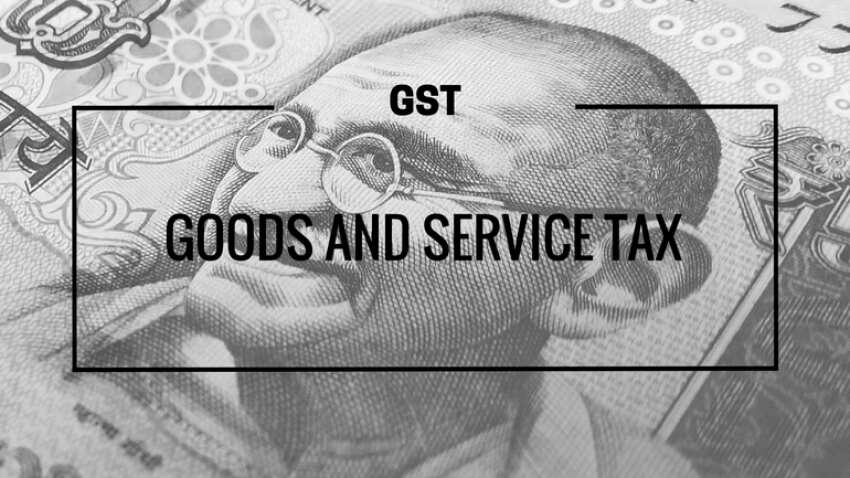One year of GST: Has this regime brought ‘ache din’ to taxpayers?
One year of GST: This regime replaced multi-layered, complex indirect tax structure with a simple, transparent and technology-driven tax regime.

It is Goods and Services Tax (GST) first anniversary today. This regime replaced multi-layered, complex indirect tax structure with a simple, transparent and technology-driven tax regime. The July 1, 2017 launch of GST aimed at creating a unified system and was promptly hailed as the single biggest reform in the Indian taxation system and it has come a long way in these past 12 months. Under this rule, the framework for one-nation-one-tax brought about the inclusion of a landscape previously not witnessed. It also needs to be noted that, the roll out wasn’t an easy one, with iterations done to address interim issues. The response has been mixed with some left confused about the digitized process and its norms. Considering its importance going forward, the finance ministry has marked this occasion as 'GST Day'
Despite some criticism and demands for abolishing the top rate of 28%, Archit Gupta, Founder & CEO ClearTax says that, "The move has been acknowledged and accepted by the Indian populace." He adds, "the rule has stirred the system and with a road laid down towards formalising Indian Businesses no doubt."
Gupta adds, "The new rule has ensured that every state is inclusive in the single taxation system which means that barriers involving the movement of goods within state borders will now have a smooth sail with lesser delays and lesser transaction costs."
GST for taxpayers
Simplification of the filing system, according to ClearTax, has proved a boon for MSMEs as they will be eased with several compliance burdens. The rationalisation of the composition scheme and the relaxation by way quarterly filing of GSTR-1 which is given to those taxpayers who have a turnover of less than Rs 1.5 crores is one such benefit. This helped to create a wider spectrum of tax base to bring the previously unorganized sector into the gamut of the unified tax platform.
In regards to the e-way bill implementation, the start wasn’t quite as smooth as the designated February kickstart failed to materialise.
However, the announcement by the GST council to roll out the e-way bill in stages with a set June 2018 deadline for all state and union territories to join, ClearTax says, "allowed taxpayers just the right amount of time to gain clarity and immerse into the new system."
Tax slabs
Gupta brought into notice that there was widespread fear with many dreading the hike in inflation due to the implementation of this new rule. But the rates under GST which are categorized in 4 slabs of 5%, 12%, 18% & 28%, is seen to have hugely helped in the reduction of prices for various goods and services.
The multi-tax slab framework, also assured that the levy was kept as close to the existing rate, along with the role of anti-profiteering department helped passing on it’s benefits through the supply chain. The fluctuations in the consumer inflation were attributed to the unrelated cause of high fuel and food prices, adds Gupta.
Ache Din for economy, taxpayers
In one year of GST, one of the biggest winners from this regime would have to be the creation of a single formalized economy that will help stop tax evasion in its digitized avatar. The embracing of technology, though initially brought its own questions, is an added advantage and with onus regarding matching of the input tax credit based on invoices upon the taxpayers leaves little room for ambiguity.
Number of GST registrations have crossed a staggering 10 million taxpayers joining with the expectation that more business will sign up.
ClearTax says, "This is also evidenced by the increase in the Employee Provident Fund Organization numbers. Also, it is recorded that more and more people are complying by filing their tax returns."
Outlook ahead for taxpayers, as per the founder & CEO of ClearTax.
With a change of this magnitude, there were bound to be challenges and GST had its share of those. To start with, the registration requirements at multiple tax posts did inconvenience some people who were hoping for the process to get simpler.
But this was expected due to the change in the format from physical to digital. The challenges of the compliance process were also doubled due to the technical hurdles that took a while longer to resolve but were resolved nonetheless. There has been assurance of having a new return form that will be made available soon. It promises to further ease the compliance process.
From ClearTax’s point of view, the endeavor to build this cohesive system in the country to address the indirect tax system was an ambitious task to start with, but also one that has been achieved. The creation of the Self Declaration Model for the admissibility of Input tax credit which demands matching and reconciliation of credit taxes from the suppliers and recipients is a clever move that requires further streamline.
03:49 PM IST






 Yet again, Finance Minister pays heed to Zee Business Managing Editor Anil Singhvi's call, extends ITR filing deadline
Yet again, Finance Minister pays heed to Zee Business Managing Editor Anil Singhvi's call, extends ITR filing deadline Coronavirus: Big ATM cash, minimum balance, Income Tax, GST, PAN, Aadhaar announcements made by Modi government- All details here
Coronavirus: Big ATM cash, minimum balance, Income Tax, GST, PAN, Aadhaar announcements made by Modi government- All details here GST Returns Filing: New dates announced
GST Returns Filing: New dates announced  Smartphones to get expensive from April; makers seek relief from government
Smartphones to get expensive from April; makers seek relief from government 39th GST Council Meeting: Full list of decisions taken - All you need to know
39th GST Council Meeting: Full list of decisions taken - All you need to know